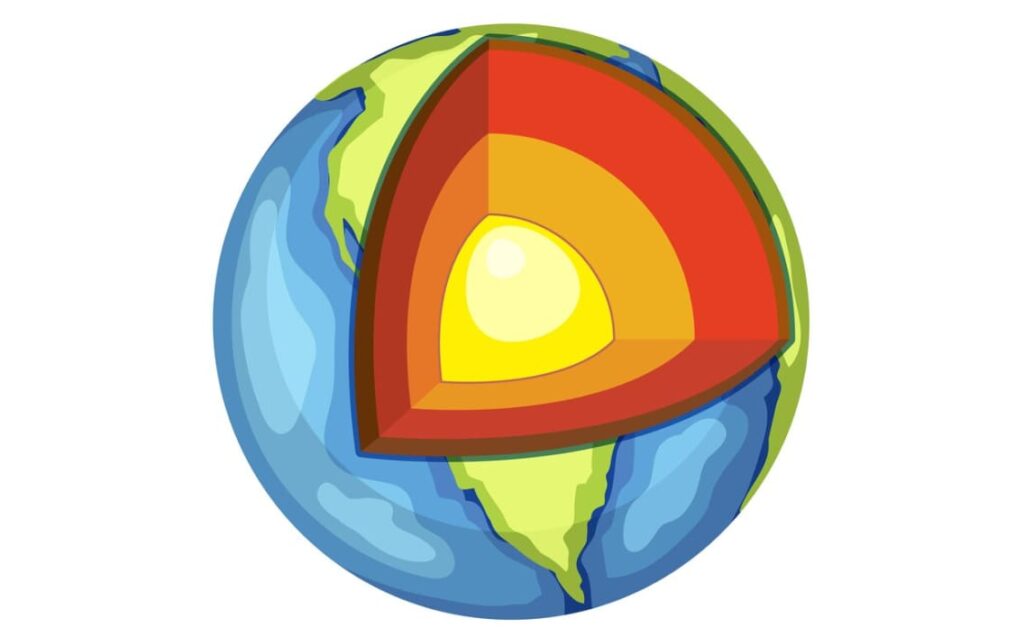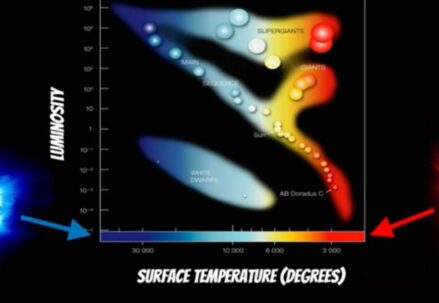Unveiling Earth’s Enigmatic Core
The heart of our planet, Earth’s core, despite its proximity, remains shrouded in mystery. This complex entity can be divided into two primary segments: the inner core and the outer core. Known to be predominantly iron-based, the core is responsible for generating Earth’s magnetic field. Join us as we journey into the depths of our globe to explore the core’s crucial roles and intricate constitution.
While exploring the mysteries of Earth’s core and the reasons behind our limited knowledge of its depths, it’s intriguing to consider the broader context of space study, where the fields of astrophysics and astronomy intersect and diverge in their quest to understand the cosmos.
Deciphering the Outer Core
Imagine Earth as akin to a multi-layered onion. Constituting four unique layers, each serves distinct geological functions. The core comprises two of these layers.
- Situated approximately 3000 kilometers beneath Earth’s surface, the outer core is the planet’s only liquid layer;
- It lacks the intense pressure required for solidification;
- Primarily an amalgamation of iron and nickel, traces of sulfur and oxygen are also found within;
- This layer’s temperature soars up to an extraordinary 6000°C (10832°F);
- The outer core’s circulation of fluid ferromagnetic substances orchestrates Earth’s magnetic field, creating a stable atmosphere conducive for life.
Probing into the Inner Core
Venture deeper to encounter the inner core, Earth’s innermost layer. With a radius of about 1200 kilometers, equivalent to 70% of the Moon’s radius, this solid sphere mirrors the sun’s surface temperature at around 5600°C. Similar to its outer counterpart, the inner core consists of iron and nickel. A fascinating 2015 study proposed a two-layered inner-core structure. Data gathered illustrated distinctive crystal alignments, suggesting an unexpected core phenomenon that requires further exploration.

Core Functions: Sustaining Life
While much of our planet’s core remains a conundrum, its part in nurturing life is undeniable. The dynamic movement of iron and nickel nurtures a protective magnetic field, serving as a shield against solar wind and harmful UV radiation. In addition, the core’s radiated heat aids in maintaining Earth’s warmth. For instance, in regions like Iceland, this geothermal potential is harnessed for home heating purposes.
Unraveling Core Mysteries
- Despite Earth’s layers being just a few kilometers beneath us, remarkably, our understanding of the Moon outpaces our knowledge of Earth’s interior;
- The deepest man-made cavity, the Kola Superdeep Borehole, barely scratches Earth’s surface at only 12.2 kilometers, failing to penetrate beyond the lithosphere, Earth’s outermost layer.
Information about Earth’s inner and outer core relies heavily on seismic data, leaving numerous unanswered questions such as Earth’s magnetic field’s sporadic reversals. While estimated temperatures exist, direct core exploration remains a distant dream due to extreme heat and pressure. Nevertheless, the continuously evolving realm of scientific research holds the promise of demystifying the enchanting core conundrums.
Earth Layer Studies: A Historical Perspective
In the 1940s, scientists held a rather straightforward view of Earth’s composition. They theorized the missing iron and nickel from Earth’s surface were housed in the core. However, a decade later, gravity measurements debunked this theory, revealing the core’s surprising density and weight. While the exact core constituents remain elusive, hopes are high that future research will uncover the secrets.
Psyche Mission: A New Hope
Among various initiatives, the eagerly anticipated Psyche Mission in 2022 could offer vital insights. The target, asteroid Psyche, is believed to be an exposed iron core suspended in space. This mission might not only unlock the mysteries of Earth’s core structure but also facilitate comparative studies of other solid planetary cores, enhancing our knowledge of common core properties.
Future Research Directions

While the mysteries surrounding Earth’s core are manifold, numerous avenues of scientific inquiry have emerged to address them. Advancements in seismic technology and equipment, for example, can dramatically improve our understanding of the core’s composition and behavior. Additionally, need for innovative ways to safely and effectively explore the depths of our planet is pressing, paving the way for a new era in geological and space exploration.
Conclusion
Earth’s core, while being the heart of our planet, remains an enigma, yet it is pivotal to life as we know it. Despite the numerous challenges in studying this enigmatic entity, continuous advancements in technology and scientific endeavors, including missions like Psyche, promise to shed light on these mysteries. As we continue to explore these uncharted depths, the core will undoubtedly reveal more of its secrets, fundamentally enriching our understanding of the planet we call home.





